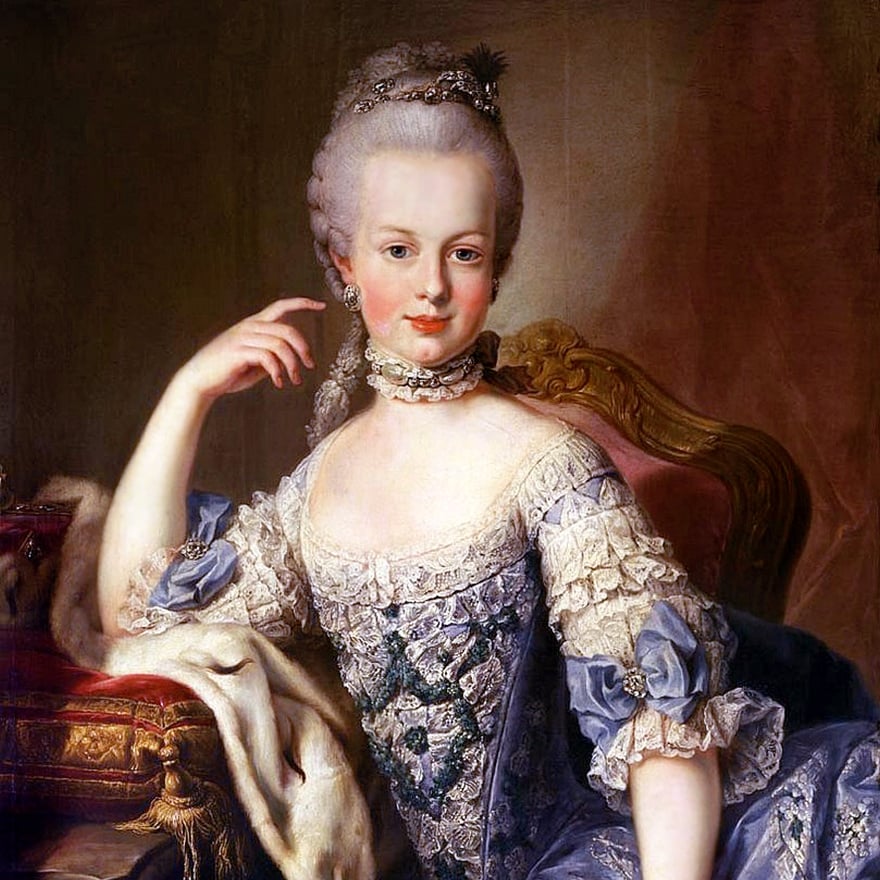
Have you heard of Claude-Florimond, Count of Mercy-Argenteau (1727-1794), an Austrian diplomat close to Marie-Antoinette (1755-1793)? Negotiator of her marriage to the future Louis XVI, the ambassador was the sovereign's confidant. This status enabled him to witness first-hand the ups and downs of court life.
Appointed ambassador of the Holy Roman Empire in Paris in 1766, the Count of Mercy-Argenteau moved into a private mansion on the Grands Boulevards, to which he gave his name. Listed as a historical monument, this 18th century building now houses the second Paris campus of L’ÉCOLE, School of Jewelry Arts. What better place to discover the incredible story of this diplomat, closely linked to that of Marie-Antoinette?
Although he reported to Empress Maria Theresa on her daughter's daily life, the Count of Mercy-Argenteau saw himself as a mentor to her. He also introduced her to the music he loved. When Marie-Antoinette's reputation was compromised, the ambassador had a front-row seat. Such is the case with the so-called Affair of the Diamond Necklace, one of the most incredible swindles in history. In 1791, when the sovereign was imprisoned, she turned to the loyal diplomat to entrust her case of diamonds to him.
Join us on February 29 to discover the career of this privileged witness to the former regime.
With Paul Paradis, Art Historian, Decorative Arts and Jewelry Specialist, Teacher at L'ÉCOLE, School of Jewelry Arts & Léonard Pouy, Art Historian, Content & Transmission Manager at L'ÉCOLE, School of Jewelry Arts.
This online conversation will be broadcast from L’ÉCOLE, School of Jewelry Arts in Paris.
Thursday, February 29th at 8:00 pm (Japan time),
in English with simultaneous translation in Japanese, Cantonese and Mandarin.
Photo: Portrait of Marie-Antoinette, attributed to Martin van Meytens, circa 1787-1788, Schönbrunn Palace, Vienna, Austria
